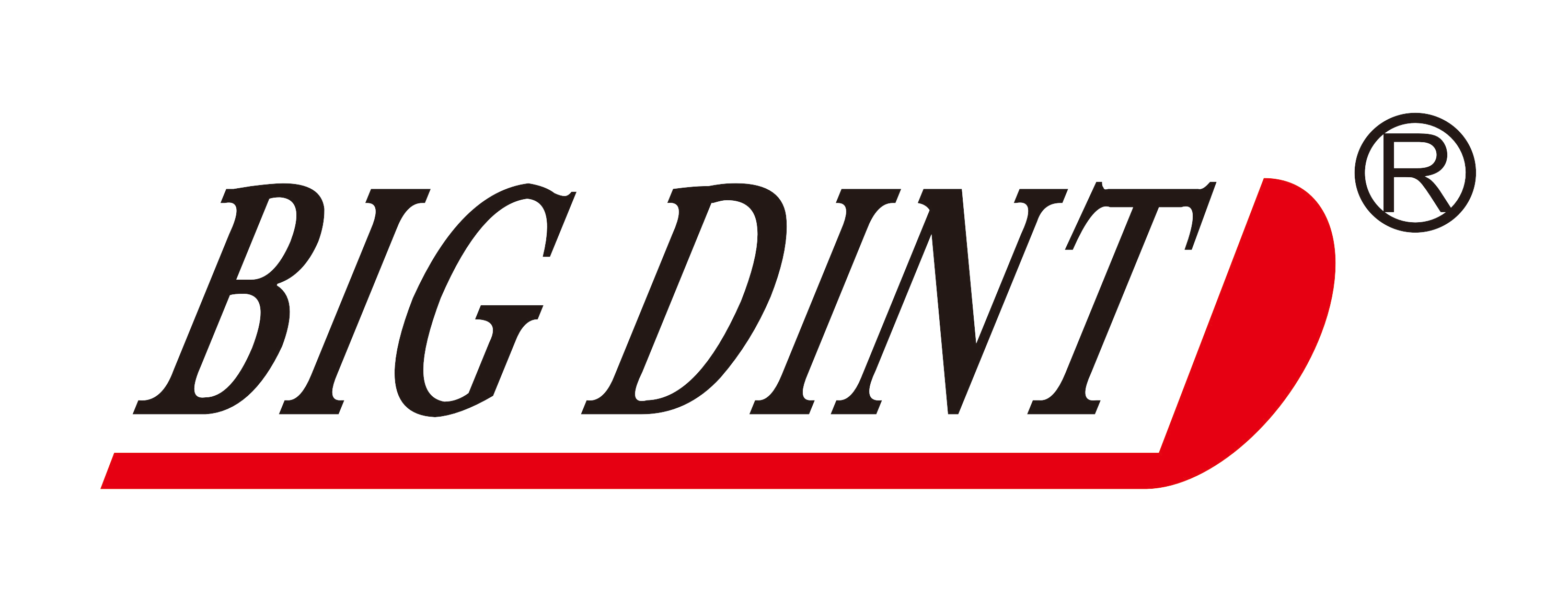
Fabrication in Industry: Crafting Solutions for Tomorrow
2025/08/11 00:10

The Art of Fabrication
Hey there! Have you ever stopped to think about how the things we use every day are made? From the gadgets in our pockets to the cars we drive, fabrication is the unsung hero behind it all. It's like the magic wand of the manufacturing world, crafting solutions that fuel industries far and wide.
What Exactly is Fabrication?
So, what's the deal with fabrication? Simply put, it's the process of turning raw materials into finished products. This can involve cutting, bending, assembling, and welding materials like metal, plastic, and wood. Think of it as the recipe that transforms basic ingredients into a delicious dish!
The Fabrication Process
Alright, let's break it down a bit. The fabrication process usually follows a few key steps:
- Design: This is where the magic starts. Engineers and designers create blueprints or CAD models that outline the final product.
- Material Selection: Choosing the right materials is crucial. Depending on the intended use, you might need steel for durability or aluminum for lightweight structures.
- Machining: Here's where the fun begins! Using various machines, workers cut and shape the materials according to the design specifications.
- Assembly: Once the components are ready, it's time to put everything together. This can involve welding, riveting, or even using adhesives.
- Finishing: Finally, the product gets its finishing touches—paint, polish, or protective coatings—to ensure it's ready for use.
Industries That Rely on Fabrication
Believe it or not, fabrication is everywhere! Here are just a few industries that rely on this essential process:
- Construction: From steel beams to pre-fabricated homes, the construction industry heavily depends on fabrication to build safe and sturdy structures.
- Aerospace: Aircraft parts require precision fabrication to ensure safety and performance. Every component must be crafted to exact specifications.
- Automotive: The automotive industry is another big player. Fabrication is key to producing everything from chassis to engine components.
- Electronics: Think about all those circuit boards and casings. Fabrication helps create the intricate components that make our devices work.
Sustainability in Fabrication
Hey, let's not forget about the planet! With the increasing focus on sustainability, many companies are looking for ways to make their fabrication processes greener. This might mean using recycled materials, minimizing waste, or adopting energy-efficient technologies. It's a win-win that benefits both the industry and the environment!
Future Trends in Fabrication
As we look ahead, the future of fabrication is shaping up to be exciting! Here are a couple of trends to keep an eye on:
- Automation: With advancements in robotics and AI, more fabrication processes are becoming automated. This boosts efficiency and reduces human error.
- Additive Manufacturing: Also known as 3D printing, this technique allows for complex designs that traditional fabrication methods can't achieve. It's revolutionizing prototyping and production.
Conclusion: The Heartbeat of Industry
In a nutshell, fabrication is at the core of modern industry. Without it, our world would look vastly different—less innovative and less connected. So, the next time you pick up a new gadget or admire a stunning piece of architecture, take a moment to appreciate the intricate fabrication that made it all possible. Who knew that the art of fabrication could be so fascinating?
Cheers to the makers and the magic they create!
Related News


 中文简体
中文简体 ENGLISH
ENGLISH Русский язык
Русский язык